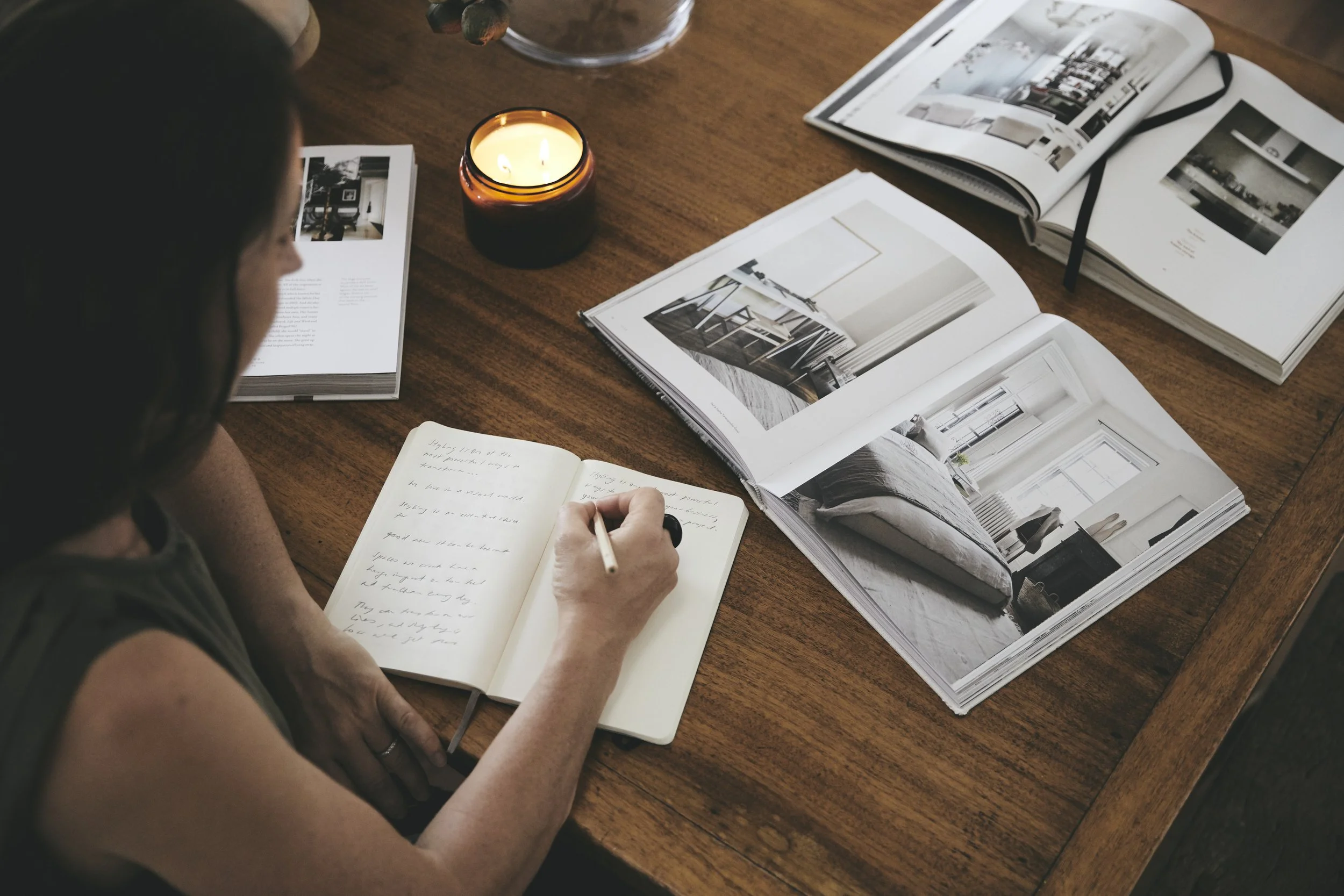5 insights for aspiring interior designers
There are so many rules when it comes to the world of interior design, even when it comes to who can give themselves that title. It can seem intimidating to someone who is self-taught. Or if you haven’t yet managed to get many (or any!) clients. But everyone has to start somewhere. And some of my favourite interior designers are self-taught, so don’t let that hold you back.
It’s amazing how we can put road blocks in front of ourselves before we have even begun. We can come up with all of the reasons why something isn’t possible, when in truth anything is possible.
So here are some common misconceptions that might be holding you back.
1. You need a qualification in interior design
While knowledge is power, the best way to learn any skill is on the job. You can have all the qualifications in the world, but if you don’t put them to practice, you are only going to go so far. When it comes to residential design, you can learn so much through the hands-on process. There are many resources (and online courses) to help get you started. And often the best place to start is with your own home.
2. You need to be a great at technical drawings
Drawing has never been my strongest skill. However, I’m big on sketching ideas. I use drawing as a tool to work through ideas and convey them to my team and clients. Of course, there’s a time for clear technical drawings. But what’s more important is that you can conceive an idea and convey it clearly. Also, the more you practice, the better you get. Drawing is a skill that can be learnt.
3. You need a huge project in your portfolio
Interior design can come in many guises — from consulting to gutting entire homes. It can be helping someone with paint colours, a kitchen renovation or spatial planning. I have helped a variety of clients with all of these types of projects. Start where you can.
4. You need a huge social media following to get clients
The best way to get work is through word of mouth. Sure, social media can help. But don’t discount the power of your local network and community, as well as family and friends to get your portfolio started. Again, start with your own home.
5. You need a fancy website
Websites are a good way to share your portfolio but don’t let not having one hold you back. You can start with an Instagram profile or use a simple drag and drop website, such as Squarespace.
If you’d like more confidence designing and decorating homes, join the waitlist for the Design & Decoration Masterclass — coming sooner than
you think!




